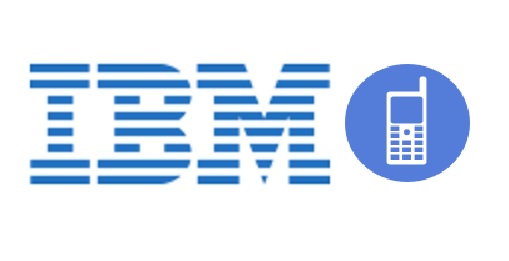The restaurant verification system in the country has now broadened its reach for helping consumers.
Following a successful pilot program in the Hiadian district in Beijing, China, the use of QR codes to help restaurant patrons to be able to check into the food safety information linked to an establishment.
The district has 7,533 restaurants that have already started to take part in the program.
Each of these restaurants has publicized their food safety information online and has now linked that data to unique QR codes that can be scanned by patrons with smartphones in order to be able to review the information and decide whether or not they would like to eat there. The barcodes need to be scanned using a special app that can be obtained for free.
To be able to scan the QR codes for the necessary information, a food safety app is required.
 In order to obtain the necessary app, customers merely need to text the letter “a” to the short code 10658081, or they can log on to an advertised website so that it can be downloaded directly from the site. Once they have the application downloaded and installed, they can quickly and easily scan any of the QR codes that are linked to this program.
In order to obtain the necessary app, customers merely need to text the letter “a” to the short code 10658081, or they can log on to an advertised website so that it can be downloaded directly from the site. Once they have the application downloaded and installed, they can quickly and easily scan any of the QR codes that are linked to this program.
The QR codes can be found in many different places among the restaurants that are participating in the program. For example, while they are typically posted on the actual business licenses, themselves, they are also often found on the menus distributed right to the tables. This allows the patrons to be able to check on the restaurant before they walk in the door, or before they make their orders.
Through the scanning of the QR codes, customers are able to look into the information regarding the types of food additives that have been used in the restaurant’s dishes (or if there are none), as well as whether or not a particular establishment has a history of breaching any food safety regulations. This is the type of information that customers have been hoping to obtain and that will now be readily available to them provided that they simply read a barcode through the use of their smartphones.
IBM acquires mobile commerce and marketing firm
IBM is looking to bolster is presence in the mobile commerce sector. The technology firm recently acquired Xtify, a company that specializes in mobile payments and marketing. While IBM has not released any concrete information concerning the acquisition, Xtify has an extensive history of operations in the mobile sector. The company was formed in 2009 and has been facilitating mobile commerce and marketing services since then.
Demand for mobile services in growing among consumers
Mobile commerce has become a very competitive, yet attractive field for large companies like IBM. These companies see a great deal of promise in the mobile commerce sector, especially as more consumers gain access to smartphones and tablets. In emerging markets, these consumers are showing a great deal of interest in purchasing products and shopping from their mobile device. As such, companies are looking to take advantage of the growing popularity of mobile commerce by engaging consumers in dynamic ways and offering them new services. For large companies, one of the best ways to break into mobile commerce is to purchase a smaller company that already has a presence in the sector.
 Mobile marketing is gaining momentum
Mobile marketing is gaining momentum
While Xtify does offer mobile commerce support, the company also has a variety of marketing services. With more consumers becoming reliant on their smartphones and tablets, mobile marketing has become more important. Finding ways to connect with mobile consumers has been a difficult task, and IBM’s acquisition of Xtify may help smooth the learning curve.
Acquisitions help large companies compete in mobile commerce field
IBM already offers a variety of support platforms for e-commerce retailers, but the company has only recently begun participating in the mobile commerce space. While the company’s acquisition of Xtify may not translate into higher mobile commerce revenue, it could be a sign of how IBM plans to approach the sector in the future. These acquisitions are becoming more common as large companies work to compete with one another in the mobile commerce arena.
 In order to obtain the necessary app, customers merely need to text the letter “a” to the short code 10658081, or they can log on to an advertised website so that it can be downloaded directly from the site. Once they have the application downloaded and installed, they can quickly and easily scan any of the QR codes that are linked to this program.
In order to obtain the necessary app, customers merely need to text the letter “a” to the short code 10658081, or they can log on to an advertised website so that it can be downloaded directly from the site. Once they have the application downloaded and installed, they can quickly and easily scan any of the QR codes that are linked to this program.
 Mobile marketing is gaining momentum
Mobile marketing is gaining momentum